 When he was a young man in his mid-twenties, future Roman leader Julius Caesar was voyaging across the Mediterranean Sea. Pirates swarmed over his ship. They took him to their base on tiny Farmakonisi Island, which lies off the coast of Asia Minor (modern-day Turkey), and held him for ransom. When he learned how much the pirates were demanding for his release, Caesar laughed. Do you have any idea who I am, he asked. I belong to one of Rome’s most important families. So you can get more money for me—a lot more—almost three times as much. The astonished pirates were only too happy to oblige him. Keeping a friend and two servants with him on Farmakonisi, Caesar ordered the rest of his traveling party to go to Asia Minor and raise his ransom. While they were doing that, Caesar acted as if he were the ruler of the tiny island, rather than a captive cowering in fright. He ordered the pirates to attend lectures and poetry readings he gave, and prodded those who nodded off as he droned on and on and on. When he wanted to sleep, he ordered the pirates to either speak in whispers or go to another part of the island. He even played games with them. He also told them that when he was released, I promise I will hunt you down and execute you. In the spirit of bonhomie he engendered, the pirates apparently thought he was joking. He wasn’t. Though outwardly he was friendly with the pirates, he seethed inwardly at the humiliation of being taken prisoner. After the ransom was paid, Caesar sailed to a nearby port. He raised a fleet of ships and scores of armed men. He returned to Farmakonisi, captured the pirates, and reclaimed the ransom money. He threw his former captors into prison. They didn’t stay there long. Caesar crucified them. He did show some mercy. Since crucifixion was a long, lingering death, he cut their throats so they died instantly.  MLA 8 Citation
Whiting, Jim. "A Man of His Word." Nonfiction Minute, iNK Think Tank, 26 Mar. 2018, www.nonfictionminute.org/the-nonfiction-minute/A-Man-of-his-Word.
1 Comment
 This story happened in 1778, a time of terrible war. As General George Washington’s troops shivered in their winter camp in Pennsylvania, at Valley Forge, Daniel Boone was hunting out west, in the future state of Kentucky. Nearby, in the forest, his friends were boiling down mineral-rich spring water to make salt for their families in Boonesborough. It was a community of cabins in and around a log stockade, to protect the pioneers from attackers. Of whom were they afraid? The First Nations, who’d been living in the so-called New World for countless generations. Specifically, Daniel Boone’s people feared the Shawnee and Cherokee peoples—and vice versa. The Native Americans were fighting an endless supply of white settlers determined to take their ancestral lands. All through and after the Revolutionary War years, American, British, and Native warriors fought throughout the wilderness west of the Appalachian Mountains and east of the Mississippi River. We know Daniel Boone as a frontier explorer and trailblazer. To the Natives, he was “Wide Mouth,” a leader of the invasion that threatened to end their ways of life forever. So it was a BIG deal when, on a winter day in 1778, Shawnee Chief Blackfish and his warriors captured him! Daniel used all of his wits to work out a trade: In return for making him and his salt-making friends their prisoners, the Shawnee would put off attacking Boonesborough. For ten days, the captives were marched through the snowy woods to Chillicothe, the big Shawnee town in Ohio. The British paid bounties for colonial prisoners, so some of Daniel’s friends were sold. They and others were lost to history, but we know that Daniel had to prove his courage in the gauntlet, dashing between rows of Shawnee warriors, getting hit by clubs. Now, he’d known Natives and studied their ways since he was a boy. To stay safe until he could get back to his family, he knew he needed to let Chief Blackfish do as he wished: adopt him into his tribe. Daniel got scrubbed. He got all of his hair plucked out except for a “scalp lock” atop his head. He got a new name too: Sheltowee or “Big Turtle.” But it was June before he got the chance to escape. Then Daniel ran, hid, hiked, and limped 160 miles home to Boonesborough, in time to prepare for the attack of the angry Shawnee. But that’s another story for another day. 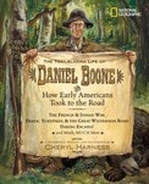 Once again, Cheryl Harness combines lively storytelling with vividly detailed illustrations to transport readers back to an exciting era in American history. During Daniel Boone's 86-year life, Colonial America is transformed into a revolutionary republic, trails morph into roads and highways, and Americans discover new ways to travel—by canal, and by steam-powered boats and trains. Readers journey through these formative milestones in America's great westward expansion with the aid of a time line running along each page, 200-plus illustrations, maps, sidebars, primary-source quotations, and resource lists. For information on The Trailblazing Life of Daniel Boone: How Early Americans Took to the Road, click here. MLA 8 Citation
Harness, Cheryl. "Kidnapped!" Nonfiction Minute, iNK Think Tank, 4 June 2018, www.nonfictionminute.org/the-nonfiction-minute/kidnapped. Yes, they exist! At the height of the Roman inquisition in the late sixteenth, early seventeenth centuries, Michelangelo Merisi da Caravaggio ignored the rigid rules that guided what could be painted. Rather than follow the current style based on idealized human beings in ennobling religious stories, he used real people as models. More than that, he invented a genre based on daily life rather than on religious or historical stories. He taught people to see the holy in the everyday and the everyday in the holy. This alone was a tremendous act of rebellion and could have led to imprisonment, even death. Caravaggio did go to prison, many times, but not for the crime of pictorial heresy. His first arrest was for carrying a sword without a permit— yes, you needed a sword license then, much as you need a gun permit today. His second arrest happened when an officer stopped him for carrying a weapon. Though Caravaggio had the permit, he refused to show it. The third time he was spotted carrying his sword, he showed the permit. The officer thanked him, but Caravaggio couldn't resist cursing out the policeman, so he was arrested for insulting an officer. But the best arrest was for assault with a vegetable. This is the official deposition, taken 18 November 1599: It was around five in the afternoon and the aforesaid Caravaggio, along with some others, was eating in the Moor of the Magdalene where I work as a waiter. I brought him eight cooked artichokes, that is four in butter and four in oil and he asked me which were cooked in oil and which in butter. I told him that he could smell them and easily know which were cooked in butter and which were cooked in oil, and he got up in a fury and without saying a word, he took the plate from me and threw it in my face where it hit my cheek. You can still see the wound. And then he reached for his sword and he would have hit me with it, but I ran away and came right to this office to present my complaint. Caravaggio went on to be arrested many more times for more serious assaults, including murder. Now, though, he's not remembered as a criminal, but rather as an artistic genius who inspired generations of followers. Judith Beheading Holofernes (1599–1602) is the first of several paintings in which Caravaggio chose to depict the dramatic and gory subject of decapitation. Wikimedia Basket of Fruit, c. 1595–1596, oil on canvas. Caravaggio's realistic view of things is exemplified in this still life. The bowl is teetering on the edge of the table, some of the leaves are withered, and the apple in the front is far from perfect. Wikimedia 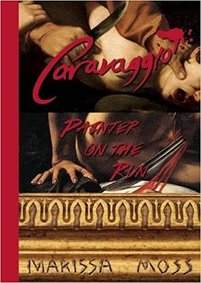 Marissa Moss's book Caravaggio:Painter on the Run tells a compelling story that humanizes Caravaggio while describing the political and social atmosphere in which he lived. Moss, Marissa. "Police Reports from the Sixteenth Century?" Nonfiction Minute, iNK Think Tank, 24 01 2018, http://www.nonfictionminute.org/the-nonfiction-minute/police-reports-from-the-sixteenth-century6158812.
 We may think nothing of travelling to the other side of the world, but things were much different two centuries ago. Only adventurers and explorers ventured to faraway places. That changed when three important breakthroughs occurred. In 1869 the First Transcontinental Railroad was completed in America. It enabled people and goods to travel easily. In 1870, the Indian railways were linked, increasing trade and travel opportunities. And the Suez Canal opened in 1869 allowing ships to sail from the Red Sea to the Mediterranean Sea. These three leaps forward made it possible for someone to travel around the world. The idea was exciting. Jules Verne was one of the many people imagining such a trip. He wrote a bestseller in 1873 about a man who bet his friends that he could travel around the world in eighty days. “I will bet twenty thousand pounds against anyone who wishes that I will make the tour of the world in eighty days or less,” says Phileas Fogg at the beginning of Jules Verne’s adventure novel Around the World in Eighty Days. In those days, making the trip in eighty days or less was almost impossible. The only way people traveled during that time was by ship, train or carriage. And there were always delays. Stunt reporter, Nellie Bly, also wondered if it could be done. Although women faced the challenges of not readily being able to travel alone, they also felt the lure of adventure. Nellie pitched the idea to her editor and a year later, he consented to send her. She would not only beat Phileas Fogg’s record, but she would prove that a woman could do it. Nellie began her trip in November 1889 on a ship sailing for England. She carried with her only one bag and one dress-- and no chaperone. Soon all of America was rooting for her. Along the way delays made it seem like it wouldn’t happen. Storms rocked her ship. Weather slowed her down. Could Nellie do it? She was courageous and full of adventure. If anyone could it would be her. She returned to New York on January 25, 1890, in a record 72 days, beating Phileas Fogg. Her journey rivaled the fictitious one Jules Verne had imagined. Nellie Bly had written herself into the history books! You need to write a biography, a story of someone’s life. What do you do to discover the person’s silly quirks or darkest secrets? Probably you go online. That’s a good start, but that’s all it is—a start. Real authors—and students completing assignments—dig deeper. Only by checking a variety of resources can you find the juiciest facts to make your biographies come alive. For example, when I write about someone, I start by reading an overview of their life. I might check a general resource, such as Wikipedia, But not all information is accurate in this or other websites, so I play detective to locate resources that confirm what I’m reading. One way to find good resources is to look at the bottom of the Wikipedia article and see which articles and books that author used as resources. If these sources seem credible to you, click to find the original articles the author used. Another source of information is your librarian. Librarians love to delve into the craziest topics. Need to locate a long-lost relative of your biography subject or trail where that person lived over the years, ask your librarian. Librarians locate books, specialized online resources, and newspapers and magazines that can help you. When I researched Dolores Huerta Stands Strong: The Woman Who Demanded Justice, I wanted more personal resources. So I looked for people to interview who knew her at different times of her life. I called up volunteers who marched with Dolores to protest unfair treatment of farm workers. I found others who helped the public learn not to eat table grapes until farm owners agreed to pay farm workers fair wages and provide clean housing, breaks in the fields, and places to go to the bathroom. When I wanted to learn how Dolores Huerta worked to improve lives of women, I contacted Gloria Steinem, a leader of the 1970s women’s movement. I talked with Huerta’s children. I prepared before each interview. I learned about connections between the interviewees and my biography subject. I wrote questions ahead of time, so I wasn’t wasting interviewee time. At the end of each interview, I asked: “Is there something else you remember?’ That’s when I got some of the best stories. Between interviews, books, magazine and newspaper articles, I found enough material to tell Huerta’s life. You can with your biography, too.  Once you've researched and written your biography, you will probably want to add a picture of your subject. You've probably seen many pictures during your research, but you must be careful about permission to use photographs or drawings. You can find some good guidelines at How to Find Free Images With Google's Advanced Image Search. This photo of Delores Huerta is from her Wikipedia article. Most photos from Wikipedia may be used for non business purposes. By clicking on a picture, you are taken to Wikimedia, the place where photos reside. You will be able to download a photo and decide how you want to caption it. Here's what it says about this photo in Wikimedia: Description English: Dolores speaking at an event in Phoenix, Arizona. Date: 20 March 2016 Author: Gage Skidmore This information will allow you to tell your reader about the photo in the form of a caption and also credit your source: Delores Huerta speaking at an event in Phoenix Arizona on March 20, 1916. Photo by Gage Skidmore via Wikimedia 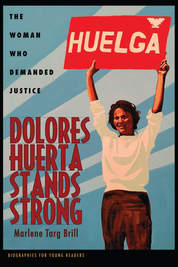 Marlene Targ Brill's Dolores Huerta Stands Strong follows Huerta’s life from the mining communities of the Southwest where her father toiled, to the vineyards and fields of California, and across the country to the present day. As she worked for fair treatment for others, Dolores earned the nation’s highest honors. More important, she found her voice. |
*NEWS
|
For Vicki Cobb's BLOG (nonfiction book reviews, info on education, more), click here: Vicki's Blog
The NCSS-CBC Notable Social Studies Committee is pleased to inform you
that 30 People Who Changed the World has been selected for Notable Social Studies Trade Books for Young People 2018, a cooperative project of the National Council for the Social Studies (NCSS) & the Children’s Book Council
Categories
All
Abolitionists
Adams Janus
Adaptation
Adaptations
Adkins Jan
Advertising
Aerodynamics
Africa
African American History
African Americans
Africa West
Agriculture
Aircraft
Air Pilots
Air Pressure
Air Travel
Albee Sarah
Alchemy
Alligators
Allusion
American History
American Icons
Amphibians
Amundsen Roald
Anatomy
Ancient
Ancient Cultures
Anderson Marian 1897-1993
Animal Behavior
Animal Experimentation
Animal Intelligence
Animals
Animation
Antarctica
Ants
Apache Indians
Apes
April Fool's Day
Architecture
Argument
Arithmetic
Art
Art Deco
Artists
Arts
Asia
Astronauts
Astronomy
Athletes
Atomic Theory
Audubon Societies
Authors
Autobiography
Automobiles
Aviation
Awards
Bacteria
Baseball
Battuta Ibn
Bears
Beatles
Beavers
Bees
Biodegradation
Biography
Biology
Biomes
Biomimicry
Biplanes
Birds
Black Death
Black History
Blindness
Blizzards
Bombs
Bonaparte Napoleon
Boone Daniel
Botany
Brazil
Bridges
Brill Marlene Targ
Brooklyn Bridge
Brown John
Buffaloes
Building Materials
Butterflies
Caesar
Caesar Julius
Caissons
Calculus
Calendars
Cannibal
Capitals
Caravaggio
Carbon Dioxide
Carnivores
Carson Mary Kay
Cartoons & Comics
Carving (Decorative Arts)
Cascade Range
Castaldo Nancy
Castles
Castrovilla Selene
Cathedrals
Cats
Caves
Celts
Cemeteries
Chemistry
Children's Authors
Child Welfare
China
Choctaw Indians
Christmas
Chronometers
Cicadas
Cinco De Mayo
Ciphers
Circle
Citizenship
Civil Rights
Civil Rights Movements
Civil War
Civil War - US
Climate
Climate Change
Clocks And Watches
Clouds
Cobb Vicki
COBOL (Computer Language)
Code And Cipher Stories
Collard III Sneed B.
Collectors And Collecting
Color
Commerce
Communication
Competition
Compilers
Composers
Computers
Congressional Gold Medal
Consitution
Contests
Contraltos
Coolidge Calvin
Cooling
Corms
Corn
Counterfeiters
Covid-19
Crocodiles
Cryptography
Culture
Darwin Charles
Declaration Of Independence
Decomposition
Decompression Sickness
Deep-sea Animals
Deer
De Medici Catherine
Design
Detectives
Dickens Charles
Disasters
Discrimination
Diseases
Disney Walt
DNA
Dogs
Dollar
Dolphins
Douglass Frederick 1818-1895
Droughts
Dr. Suess
Dunphy Madeleine
Ear
Earth
Earthquakes
Ecology
Economics
Ecosystem
Edison Thomas A
Education
Egypt
Eiffel-gustave-18321923
Eiffel-tower
Einstein-albert
Elephants
Elk
Emancipationproclamation
Endangered Species
Endangered-species
Energy
Engineering
England
Englishlanguage-arts
Entomology
Environmental-protection
Environmental-science
Equinox
Erie-canal
Etymology
Europe
European-history
Evolution
Experiments
Explorers
Explosions
Exports
Extinction
Extinction-biology
Eye
Fairs
Fawkes-guy
Federalgovernment
Film
Fires
Fishes
Flight
Floods
Flowers
Flute
Food
Food-chains
Foodpreservation
Foodsupply
Food-supply
Football
Forceandenergy
Force-and-energy
Forensicscienceandmedicine
Forensic Science And Medicine
Fossils
Foundlings
France
Francoprussian-war
Freedom
Freedomofspeech
French-revolution
Friction
Frogs
Frontier
Frontier-and-pioneer-life
Frozenfoods
Fugitiveslaves
Fultonrobert
Galapagos-islands
Galleys
Gametheory
Gaudi-antoni-18521926
Gender
Generals
Genes
Genetics
Geography
Geology
Geometry
Geysers
Ghosts
Giraffe
Glaciers
Glaucoma
Gliders-aeronautics
Global-warming
Gods-goddesses
Gold-mines-and-mining
Government
Grant-ulysses-s
Grasshoppers
Gravity
Great-britain
Great-depression
Greece
Greek-letters
Greenberg Jan
Hair
Halloween
Handel-george-frederic
Harness Cheryl
Harrison-john-16931776
Health-wellness
Hearing
Hearing-aids
Hearst-william-randolph
Henry-iv-king-of-england
Herbivores
Hip Hop
History
History-19th-century
History-france
History-world
Hitler-adolph
Hoaxes
Holidays
Hollihan Kerrie Logan
Homestead-law
Hopper-grace
Horses
Hot Air Balloons
Hot-air-balloons
Housing
Huguenots
Human Body
Hurricanes
Ice
Icebergs
Illustration
Imagery
Imhotep
Imperialism
Indian-code-talkers
Indonesia
Industrialization
Industrial-revolution
Inquisition
Insects
Insulation
Intelligence
Interstatecommerce
Interviewing
Inventions
Inventors
Irrational-numbers
Irrigation
Islands
Jacksonandrew
Jazz
Jeffersonthomas
Jefferson-thomas
Jemisonmae
Jenkins-steve
Jet-stream
Johnsonlyndonb
Jokes
Journalism
Keeling-charles-d
Kennedyjohnf
Kenya
Kidnapping
Kingmartinlutherjr19291968
Kingmartinlutherjr19291968d6528702d6
Kings-and-rulers
Kings Queens
Kings-queens
Koala
Labor
Labor Policy
Lafayette Marie Joseph Paul Yves Roch Gilbert Du Motier Marquis De 17571834
Landscapes
Languages-and-culture
Law-enforcement
Layfayette
Levers
Levinson Cynthia
Lewis And Clark Expedition (1804-1806)
Lewis Edmonia
Liberty
Lift (Aerodynamics)
Light
Lindbergh Charles
Liszt Franz
Literary Devices
Literature
Lizards
Longitude
Louis XIV King Of France
Lumber
Lunar Calendar
Lynching
Macaws
Madison-dolley
Madison-james
Madison-james
Mammals
Maneta-norman
Maneta-norman
Marathon-greece
Marine-biology
Marine-biology
Marines
Marsupials
Martial-arts
Marx-trish
Mass
Massachusetts-maritime-academy
Mass-media
Mastodons
Mathematics
May-day
Mcclafferty-carla-killough
Mcclafferty-carla-killough
Mckinley-william
Measurement
Mechanics
Media-literacy
Media-literacy
Medicine
Memoir
Memorial-day
Metaphor
Meteorology
Mexico
Mickey-mouse
Microscopy
Middle-west
Migration
Military
Miners
Mississippi
Molasses
Monarchy
Monsters
Montgomery
Montgomery-bus-boycott-19551956
Montgomery-heather-l
Monuments
Moon
Moran-thomas
Morsecode
Morsesamuel
Moss-marissa
Moss-marissa
Motion
Motion-pictures
Mummies
Munro-roxie
Munro-roxie
Musclestrength
Museums
Music
Muslims
Mythologygreek
Nanofibers
Nanotechnology
Nathan-amy
Nathan-amy
Nationalfootballleague
Nationalparksandreserves
Nativeamericans
Native-americans
Native-americans
Naturalhistory
Naturalists
Nature
Nauticalcharts
Nauticalinstruments
Navajoindians
Navigation
Navy
Ncaafootball
Nervoussystem
Newdeal19331939
Newman-aline
Newman-aline
Newton-isaac
New-york-city
Nobelprizewinners
Nomads
Nonfictionnarrative
Nutrition
Nylon
Nymphs-insects
Oaths Of Office
Occupations
Ocean
Ocean-liners
Olympics
Omnivores
Optics
Origami
Origin
Orphans
Ottomanempire
Painters
Painting
Paleontology
Pandemic
Paper-airplanes
Parksrosa19132005
Parrots
Passiveresistance
Patent Dorothy Hinshaw
Peerreview
Penguins
Persistence
Personalnarrative
Personification
Pets
Photography
Physics
Pi
Pigeons
Pilots
Pinkertonallan
Pirates
Plague
Plains
Plainsindians
Planets
Plantbreeding
Plants
Plastics
Poaching
Poetry
Poisons
Poland
Police
Political-parties
Pollen
Pollution
Polo-marco
Populism
Portraits
Predation
Predators
Presidentialmedaloffreedom
Presidents
Prey
Prey-predators
Prey-predators
Prime-meridian
Pringle Laurence
Prohibition
Proteins
Protestandsocialmovements
Protestants
Protestsongs
Punishment
Pyramids
Questioning
Radio
Railroad
Rainforests
Rappaport-doreen
Ratio
Reading
Realism
Recipes
Recycling
Refrigerators
Reich-susanna
Religion
Renaissance
Reproduction
Reptiles
Reservoirs
Rheumatoidarthritis
Rhythm-and-blues-music
Rice
Rivers
Roaringtwenties
Roosevelteleanor
Rooseveltfranklind
Roosevelt-franklin-d
Roosevelt-theodore
Running
Russia
Safety
Sanitation
Schwartz David M
Science
Scientificmethod
Scientists
Scottrobert
Sculpture
Sculpturegardens
Sea-level
Seals
Seals-animals
Secretariesofstate
Secretservice
Seeds
Segregation
Segregationineducation
Sensessensation
September11terroristattacks2001
Seuss
Sextant
Shackletonernest
Shawneeindians
Ships
Shortstories
Silkworms
Simple-machines
Singers
Siy Alexandra
Slavery
Smuggling
Snakes
Socialchange
Social-change
Socialjustice
Social-justice
Socialstudies
Social-studies
Social-studies
Sodhouses
Solarsystem
Sound
Southeast-asia
Soybean
Space Travelers
Spain
Speech
Speed
Spiders
Spies
Spiritualssongs
Sports
Sports-history
Sports-science
Spring
Squirrels
Statue-of-liberty
STEM
Storms
Strategy
Sugar
Sumatra
Summer
Superbowl
Surgery
Survival
Swanson-jennifer
Swinburne Stephen R.
Synthetic-drugs
Taiwan
Tardigrada
Tasmania
Tasmanian Devil
Tasmanian-devil
Technology
Tecumsehshawneechief
Telegraph-wireless
Temperature
Tennis
Terrorism
Thomas Peggy
Thompson Laurie Ann
Time
Titanic
Tombs
Tortoises
Towle Sarah
Transcontinental-flights
Transportation
Travel
Trees
Trung Sisters Rebellion
Tundra
Turnips
Turtles
Typhoons
Underground Railroad
Us-environmental-protection-agency
Us History
Us-history
Ushistoryrevolution
Us History Revolution
Us-history-war-of-1812
Us Presidents
Ussupremecourtlandmarkcases
Vacations
Vaccines
Vangoghvincent
Vegetables
Venom
Vietnam
Viruses
Visual-literacy
Volcanoes
Voting-rghts
War
Warne-kate
Warren Andrea
Washington-dc
Washington George
Water
Water-currents
Wax-figures
Weapons
Weather
Weatherford Carole Boston
Whiting Jim
Wildfires
Winds
Windsor-castle
Wolves
Woman In History
Women
Women Airforce Service Pilots
Women-airforce-service-pilots
Womeninhistory
Women In History
Women-in-science
Women's History
Womens-roles-through-history
Wonder
Woodson-carter-godwin-18751950
World-war-i
World War Ii
World-war-ii
Wright Brothers
Writing
Writing-skills
Wwi
Xrays
Yellowstone-national-park
Zaunders Bo
ArchivesMarch 2021
February 2021
January 2021
December 2020
November 2020
October 2020
September 2020
June 2020
May 2020
April 2020
March 2020
February 2020
January 2020
December 2019
October 2019
September 2019
August 2019
July 2019
May 2019
April 2019
March 2019
February 2019
January 2019
December 2018
November 2018
September 2018
June 2018
May 2018
April 2018
March 2018
February 2018
January 2018
December 2017
November 2017
October 2017
September 2017
March 2017
The NONFICTION MINUTE, Authors on Call, and. the iNK Books & Media Store are divisions of iNK THINK TANK INC.
a 501 (c) (3) nonprofit corporation. To return to the iNK Think Tank landing page click the icon or the link below. :
http://inkthinktank.org/
For more information or support, contact thoughts@inkthinktank.org
For Privacy Policy, go to
Privacy Policy
© COPYRIGHT the Nonfiction Minute 2020.
ALL RIGHTS RESERVED.
This site uses cookies to personalize your experience, analyze site usage, and offer tailored promotions. www.youronlinechoices.eu
Remind me later
Archives
March 2023
February 2023
January 2023
December 2022
November 2022
October 2022
September 2022
June 2022
May 2022
April 2022
March 2022
February 2022
January 2022
December 2021
November 2021
September 2021
April 2021
March 2021
February 2021
November 2020
October 2020
September 2020
June 2020
May 2020
April 2020
March 2020
February 2020
January 2020
October 2019
August 2019
July 2019
May 2019
April 2019
December 2018
September 2018
June 2018
May 2018
March 2018
February 2018
January 2018
December 2017
November 2017
October 2017
September 2017


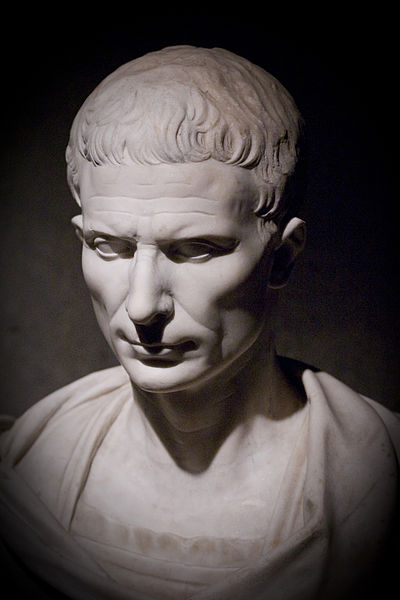


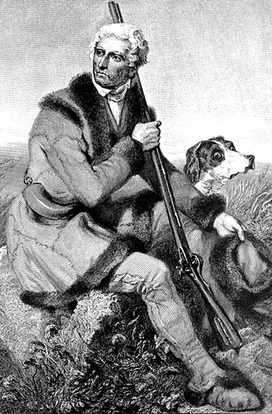
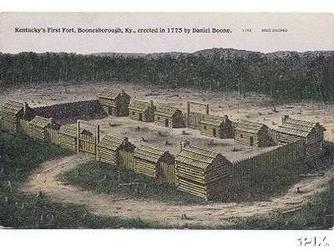
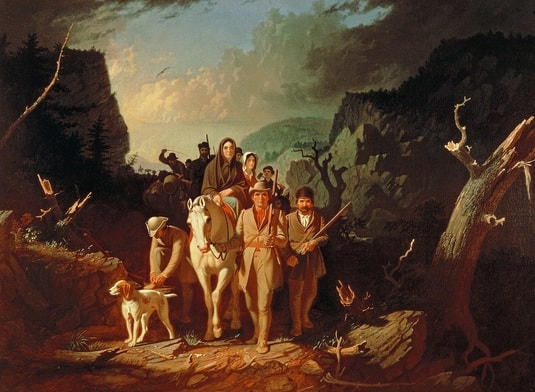




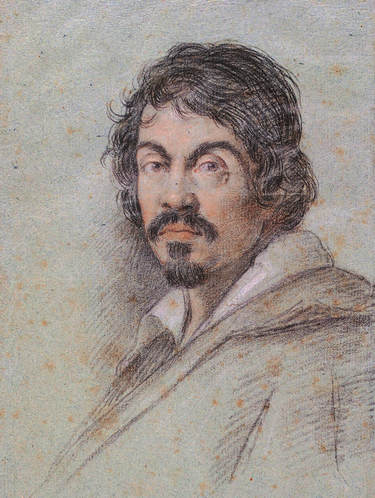
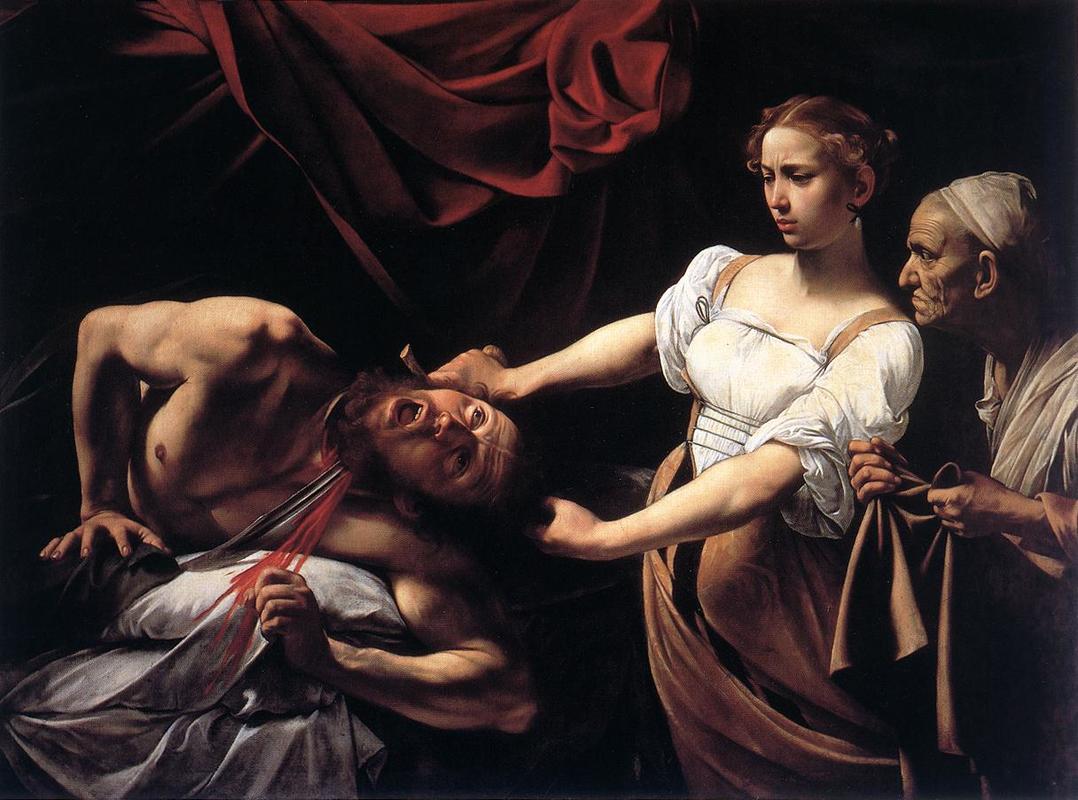


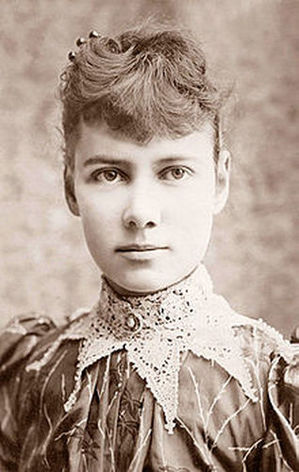
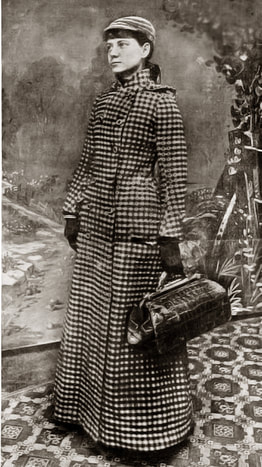
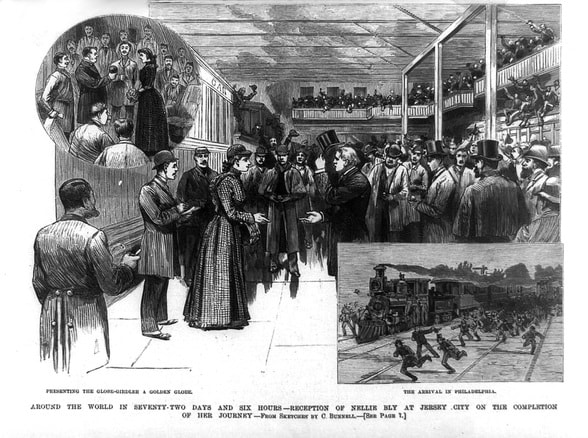

 RSS Feed
RSS Feed
